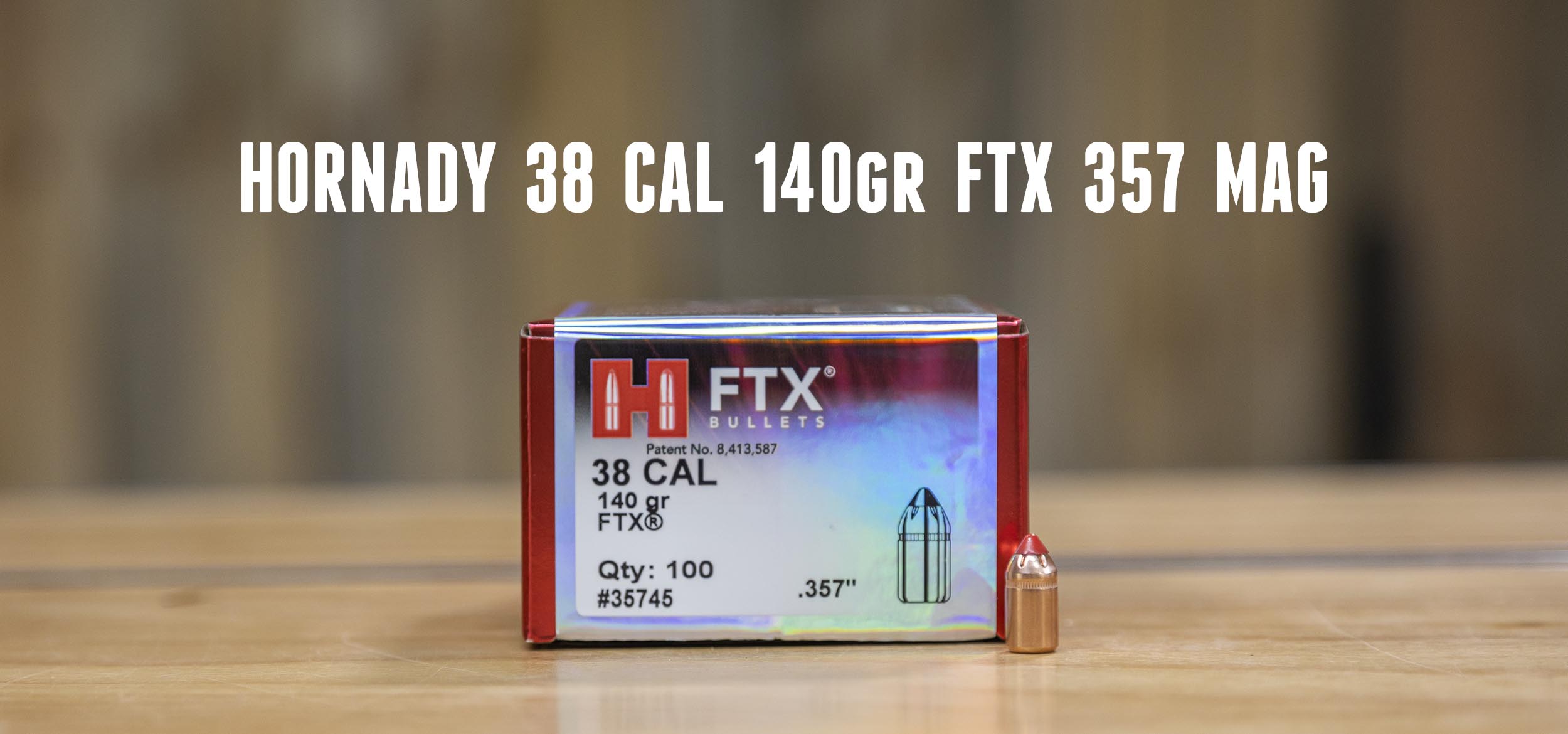The 357 magnum cartridge has been around for a rather long time. It was developed in the 1930’s by Elmer Keith, Phillip B. Sharpe, and Douglas B. Wesson. This group intended to make a high-velocity revolver cartridge which could pierce automobile bodies and early ballistic vests. The 357 magnum has since established a good track record in hunting, target competition, and as a personal defense cartridge.
My personal familiarity with the cartridge began in the 1970’s when I bought my first handgun, a Colt Trooper Mk III in 357 Magnum. I immediately began handloading for it and have done so ever since. In over 40 years of handloading the cartridge, this is the first time I’ve handloaded pointed tip bullets for the 357!
Disclaimer
Ultimate Reloader LLC / Making with Metal Disclaimer: (by reading this article and/or watching video content you accept these terms). The content on this website (including videos, articles, ammunition reloading data, technical articles, gunsmithing and other information) is for demonstration purposes only. Do not attempt any of the processes or procedures shown or described on this website. All gunsmithing procedures should be carried out by a qualified and licensed gunsmith at their own risk. Do not attempt to repair or modify any firearms based on information on this website. Ultimate Reloader, LLC and Making With Metal can not be held liable for property or personal damage due to viewers/readers of this website performing activities, procedures, techniques, or practices described in whole or part on this website. By accepting these terms, you agree that you alone are solely responsible for your own safety and property as it pertains to activities, procedures, techniques, or practices described in whole or part on this website.
About the .357” 140 grain Hornady FTX
Continuing with the Ultimate Reloader lever-gun obsession, we decided to pair the Henry .357 mag Big Boy All-Weather with the Hornady .357” 140 grain FTX bullets.

Previously, we’ve done a lot of work with Henry’s X-Model .30-30, including handloading Hornady’s 160 grain FTX bullets over Hodgdon’s LEVERevolution powder.
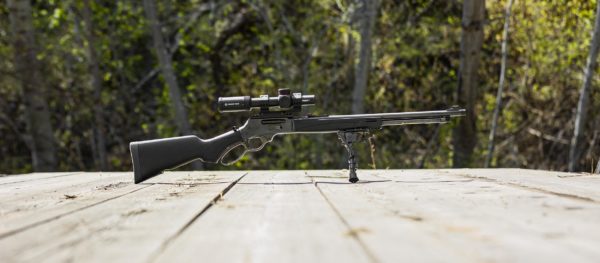
Horandy’s .357” 140 grain FTX (Flexible Tip Expanding) bullet appears optimized for lever-action rifles chambered in 357 magnum. A flexible tip protects against the dangers associated with a pointed bullet tip resting against a live primer in tubular magazine rifles. According to Hornady, this multi-purpose bullet is suitable for personal defense, varmint shooting and hunting game up to 300 pounds.
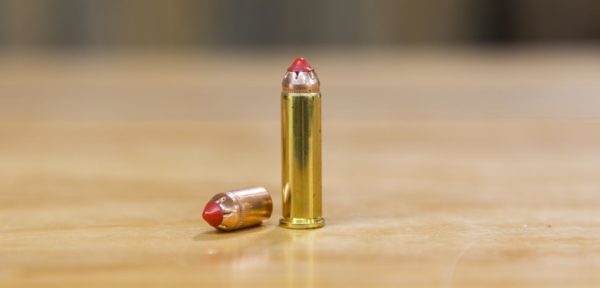
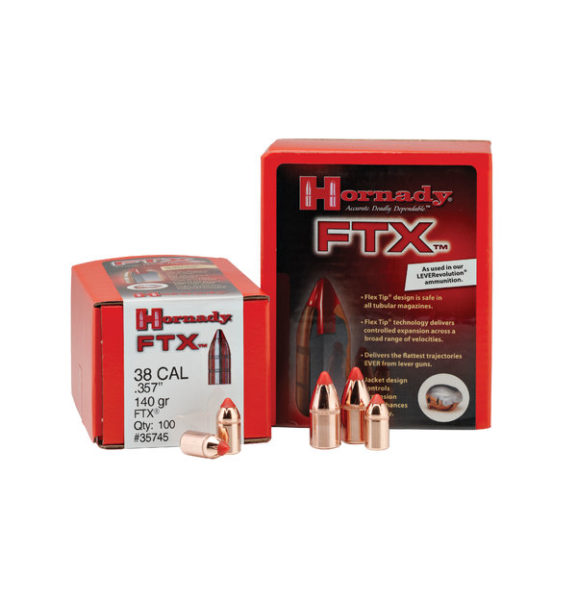
Hornady® FTX® bullets revolutionized lever gun ballistics, creating a new level of performance for these popular firearms. Lever gun enthusiasts can now harness the accuracy, power and long-range performance of a tipped bullet that’s safe to load in tubular magazines.
Hornady® offers the same Flex Tip® technology for handguns that revolutionized lever guns. Typical hollow point pistol bullets deliver good performance at modest velocities, but have a tendency to expand too quickly and sacrifice penetration at the higher velocities achieved with lever action guns.
Handloading the 140 grain Hornady FTX
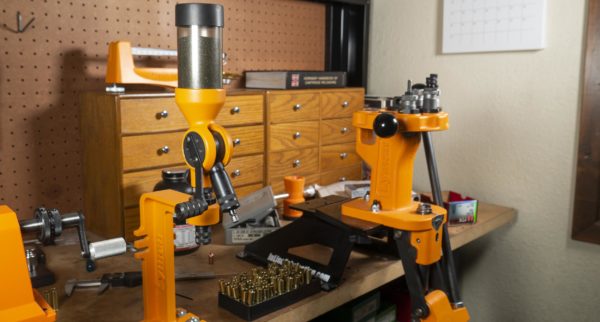
The Hornady 140 grain FTX bullet is different from other 357 jacketed bullets — a couple of important points need to be made right off:
- Cases will need to be trimmed to 1.240” instead of the usual 1.290”
- Hodgdon recommends lighter-than-usual powder charges for the 140 grain FTX
- These bullets have a cannelure.
- Not much of these bullets are exposed when loaded, but have more bearing surface than many other .357 140 grain bullets.
With all this in mind, I proceeded with a new load for an old favorite cartridge. I used new cases, Hornady 140 grain FTX bullets, H110 powder and Federal’s #200 small pistol magnum primers.
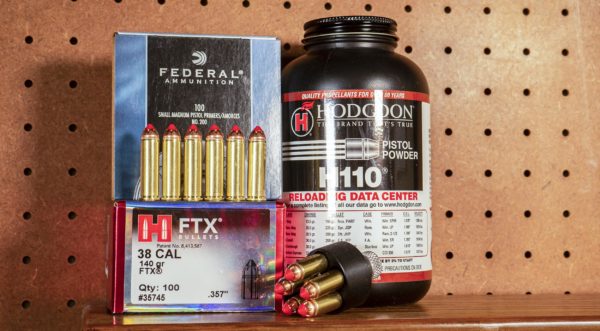
My first step was to trim 50 new 357 cases to 1.240” on the Lyman Universal Trimmer. You can’t use standard 357 Magnum brass — it won’t work. This also means you can’t use just any .357 load data, be sure to look for bullet-specific load data, available from Hodgdon.
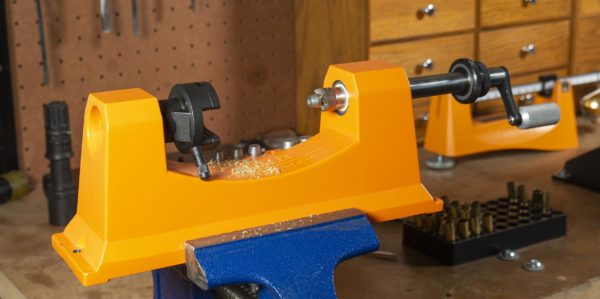
Next I primed the cases using Hornady’s handheld priming tool. This priming tool feels good in hand, and accepts both Hornady and RCBS style shell holders.
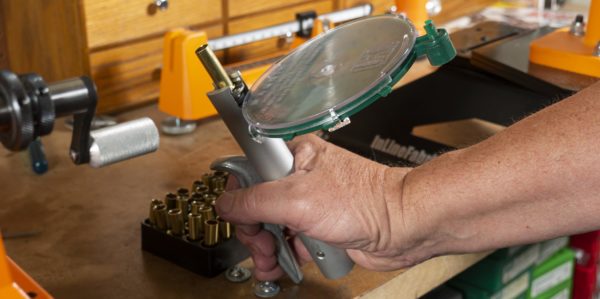
After the cases were primed, I slightly flared the case neck with my RCBS expander die to ease bullet seating.
Powder charging was simple. I set the Lyman Brass Smith Powder Measure to Hodgdon’s max charge of 14.5 grains of H110. I’ve long used H110 with the 357 and 44 magnums, partly because of the velocity and accuracy, but also because it flows so nicely through a powder measure. Using both a beam scale and an electronic scale I checked a half-dozen thrown charges and found them all to be either 14.5 or 14.4 grains. At first this charge seemed a little light to Gavin and me. It’s supposed to be the maximum load for the 140 grain FTX as opposed to 19 grains for other 140 grain bullets.
Using Lyman’s All-American 8-station turret press, I seated the bullets to an overall length just under Hodgdon’s suggested 1.6”. Mine came in at 1.58” in length. Using the turret press, it was quick to seat with one die, then immediately roll crimp into the cannelure on a second RCBS seating die.
Testing and Results
We tested the Hornady 140 grain FTX bullet with Henry’s .357 Mag Big Boy All-Weather lever action and a Smith & Wesson 586 revolver.
Gavin and I both found the rifle to be intuitive and accurate. It’s a good choice for a light-recoiling rifle even when shooting powerful 357 magnum ammunition.
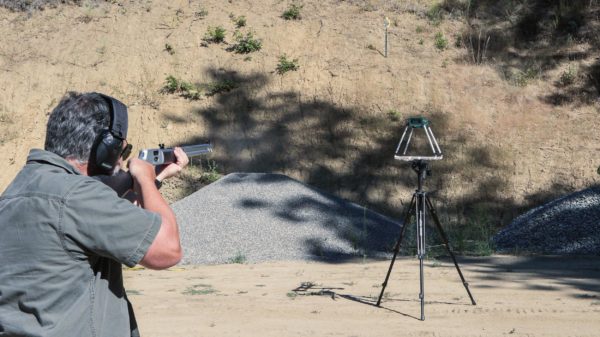
We also used Gavin’s Smith & Wesson 586, a blued steel 6” barreled beauty of a revolver that is a genuine pleasure to shoot.

As expected, the chronograph revealed that the 20” barreled rifle produced significantly higher velocities than did the 6” revolver—about 300 fps higher. Standard deviations were lower for the revolver, 13.9 fps compared to 29.7 fps for the lever action, which took us by surprise.

In addition to the chronograph testing, I shot the bullet from the rifle into Clear Ballistics gel blocks from about 20 yards with the Henry. I foresee using the Henry rifle mostly at moderate ranges (under 100 yards) and wanted to see the expansion and penetration characteristics of this bullet at close range. The bullet expanded and penetrated well, stretching 24” deep into the blocks and opening up into a classic mushroom shape. The recovered bullet measured .514” in diameter and weighed 117.5 grains— 84% retention.
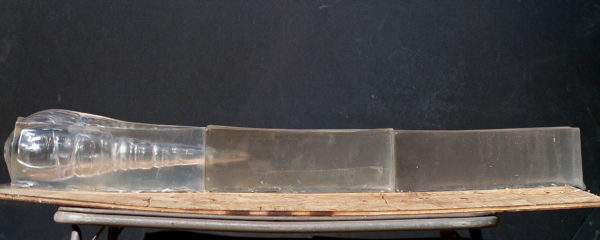
The wound channel was linear with a 6.5 inch wound channel at its peak.
Conclusions
Hornady’s 140 grain FTX gives 357 magnum users an interesting choice for rifles and revolvers, though it does require both case trimming and careful attention to powder charges. Lever action rifles chambered in handgun cartridges are nothing new. Now, just like in the old cowboy days, it’s handy to be able to use one type of ammunition in both a rifle and revolver. Given the bullet’s performance in the gel blocks, I’d not hesitate to use it for modest range deer hunting, varmint shooting or personal defense.
Get the Gear
At the time of writing, MidSouth Shooters Supply shows the 140 grain Hornady FTX in stock for $34.79 per hundred.
38 Caliber .357 Diameter 140 Grain FTX 100 Count by Hornady (midsouthshooterssupply.com)
Hodgdon H110 Smokeless Powder 1 Lb by Hodgdon (midsouthshooterssupply.com)
As is too-usual these days, small pistol magnum primers are also shown out of stock.
Some Lyman Gear featured in this article:
- Brass Smith All-American 8 at Midsouth Shooters Supply
- Lyman Brass Smith Powder Measure at Midsouth Shooters Supply
- Lyman Brass Smith Powder Measure Stand at Midsouth Shooters Supply
- Lyman Universal Case Trimmer at Midsouth Shooters Supply
Don’t miss out on Ultimate Reloader updates, make sure you’re subscribed!
Thanks,
Guy Miner
